In order to internally broach a metal part, a pre-existing hole must be made. The broach then changes the shape and size of the starter indent into a hole with a keyway, spline, hexagonal, square or custom designed profile. A broaching tool that has successively larger and larger teeth pierces through the pre-existing hole by pulling or pushing through the metal part. Read More…
At Kager Industries, we specialize in providing comprehensive solutions for broaching, tailored to meet the diverse needs of our clientele. With years of experience and expertise in the industry, we have established ourselves as a trusted leader in precision machining, renowned for our commitment to excellence, innovation, and customer satisfaction.
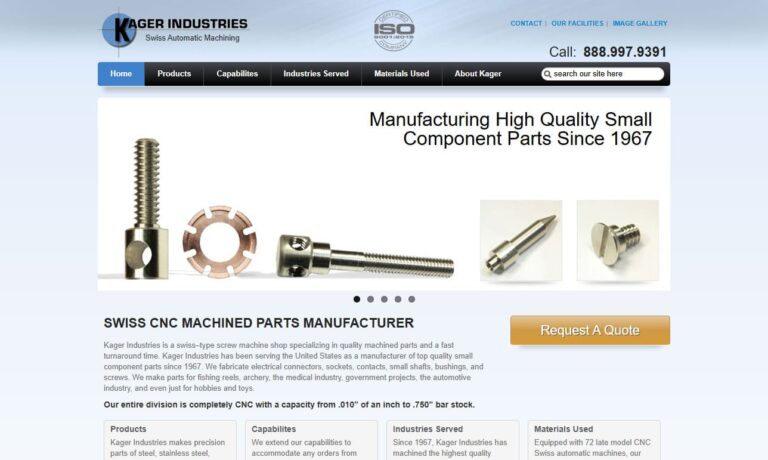
At Broaching Industries, Inc., we dedicate ourselves to precision metalworking through advanced broaching techniques that deliver consistent, repeatable results for customers across diverse industries. We have built our reputation on the ability to produce complex internal and external profiles with tight tolerances, clean finishes, and efficient production times.
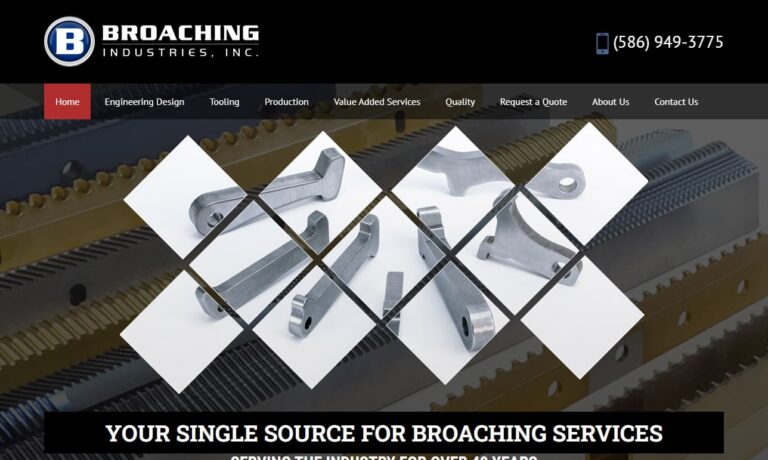
At Perry Technology Corporation, we take pride in our deep expertise in precision broaching and advanced manufacturing solutions. Over the years, we have built our reputation on delivering exceptional quality and consistency to industries that demand tight tolerances, complex geometries, and uncompromising performance.
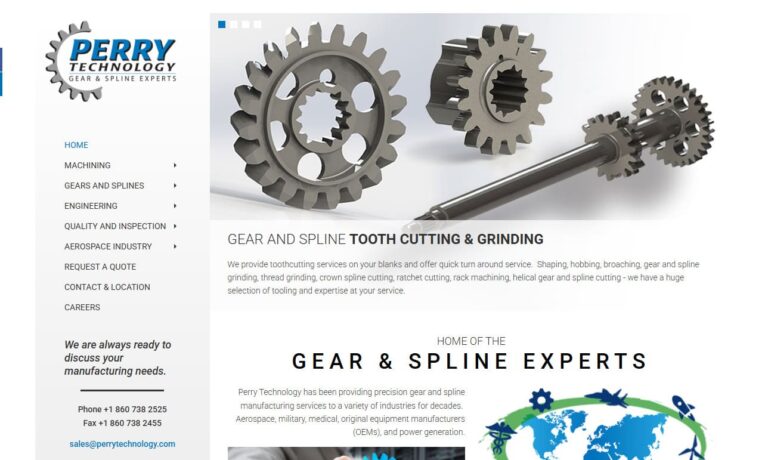
More Internal Broaching Companies
Internal broaching machines are automated, often CNC operated and able to quickly and efficiently produce holes in metal parts and products. Sometimes called shell broaches, internally cut broaching is done mostly for holes with large diameters that are to be mounted on an arbor.
Broaching is most effective on softer metals, including aluminum, brass, bronze and graphite. Many different tools and machinery parts are formed by the broaching process, including key holes, gears, pulleys, screw heads and other hardware. Because the broaching machines can get pricey but the tools and parts they produce are necessary in so many industries, broaching job shops are facilities that provide a variety of broaching services.
Particularly when going to a broaching shop, it is cost effective, highly repeatable and able to produce large volumes of metal parts with little to no variance or error. Broaching tools may become dull over time if used often, and are therefore periodically reground to retain their original sharpness.
Drilling the pre-existing starter hole is referred to as blank prepping. During this process, a simple, shallow hole is drilled and must be .005 to .015 inches larger than the smallest diameter of the broach. There are two main types of internal broaching; push broaching and pull down broaching, each with their own methods of forming a wide hole in metal.
Push broaching is done with vertical machines, and the broach tool is pushed linearly either up or down through the metal work-piece. Short broaches are used to avoid buckling, which limits the amount of metal that is able to be removed.
This type of internal broaching is suitable for light work and low runs, and the machinery is less expensive than pull down broaching. Pull down broaching, on the other hand, is only able to push the tool down on a vertical machine.
It keeps the tool in tension and prevents buckling, and is used with long, thin broaches to make deep holes.

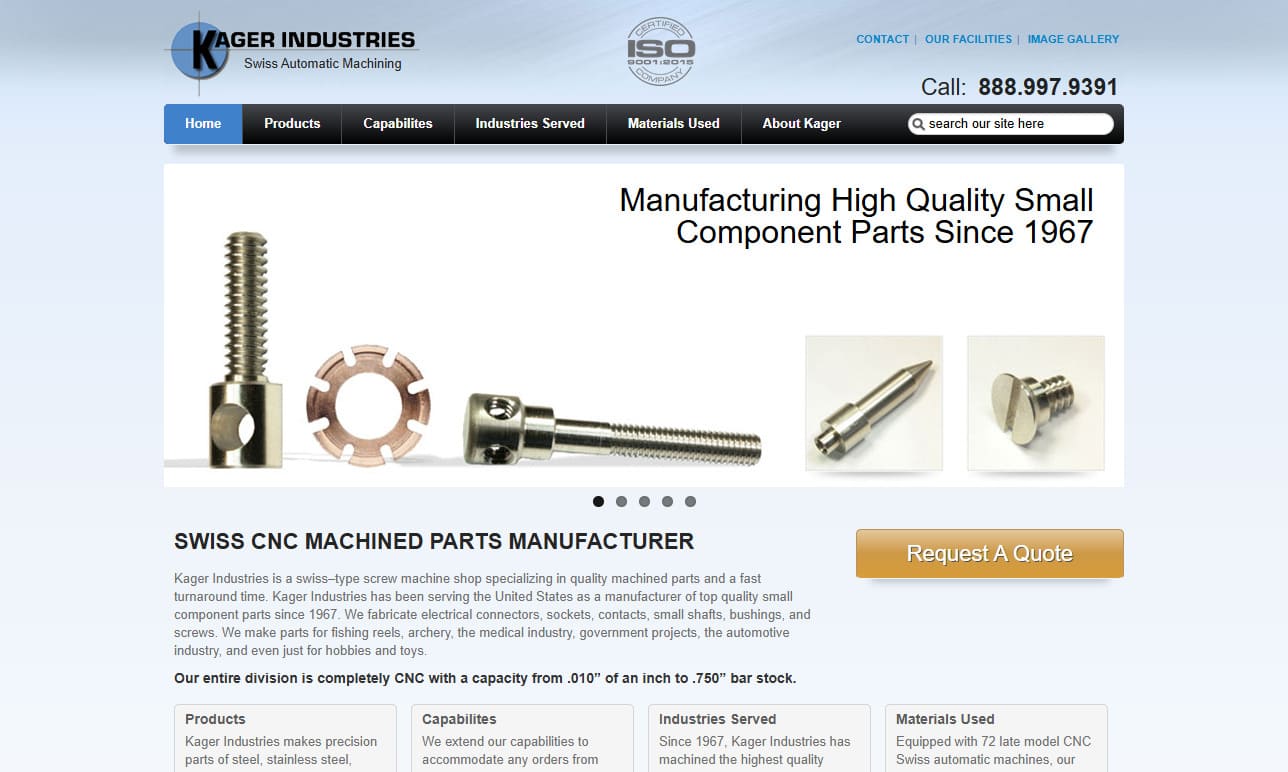
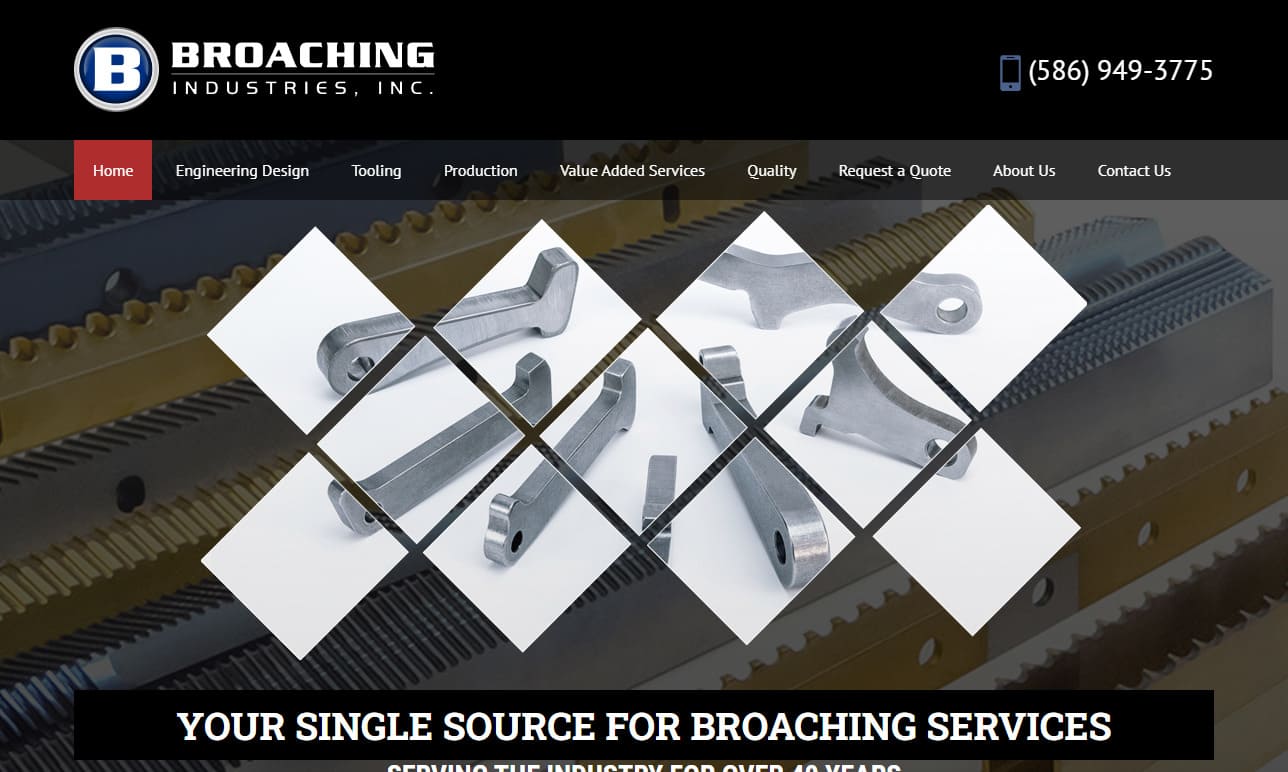
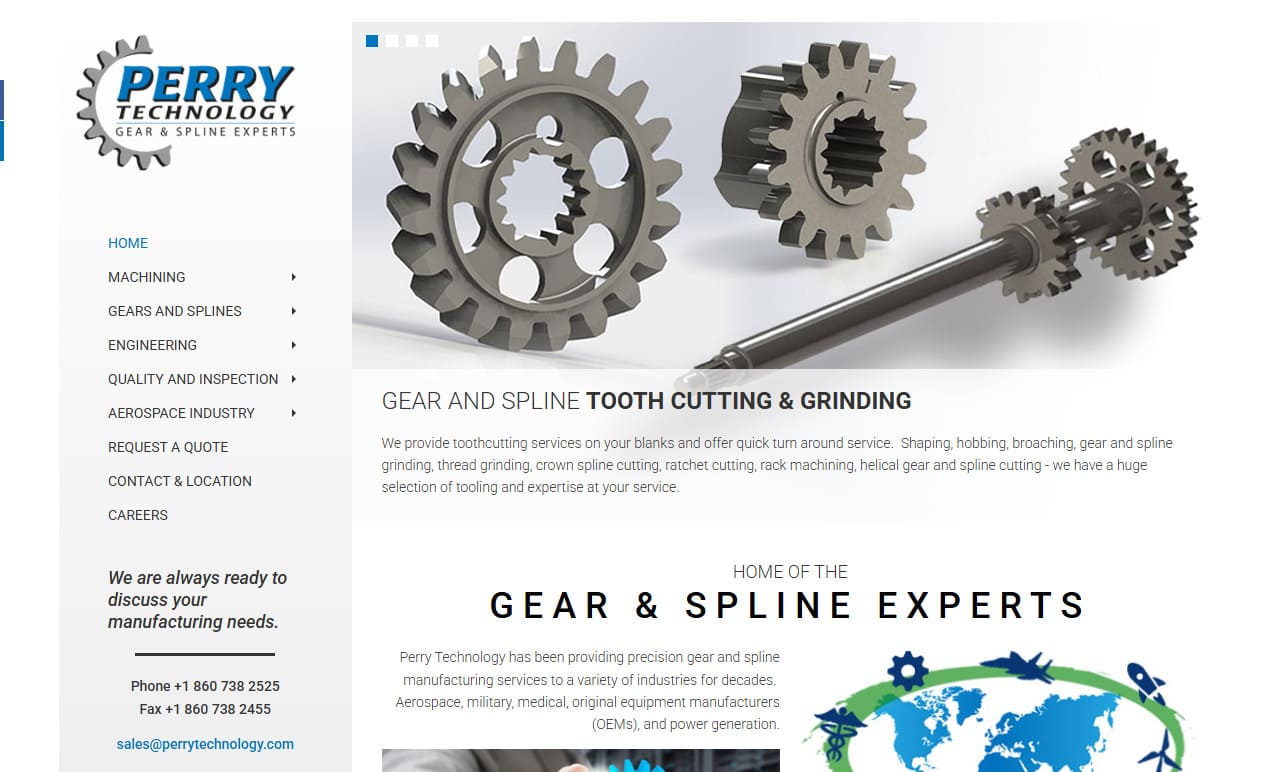
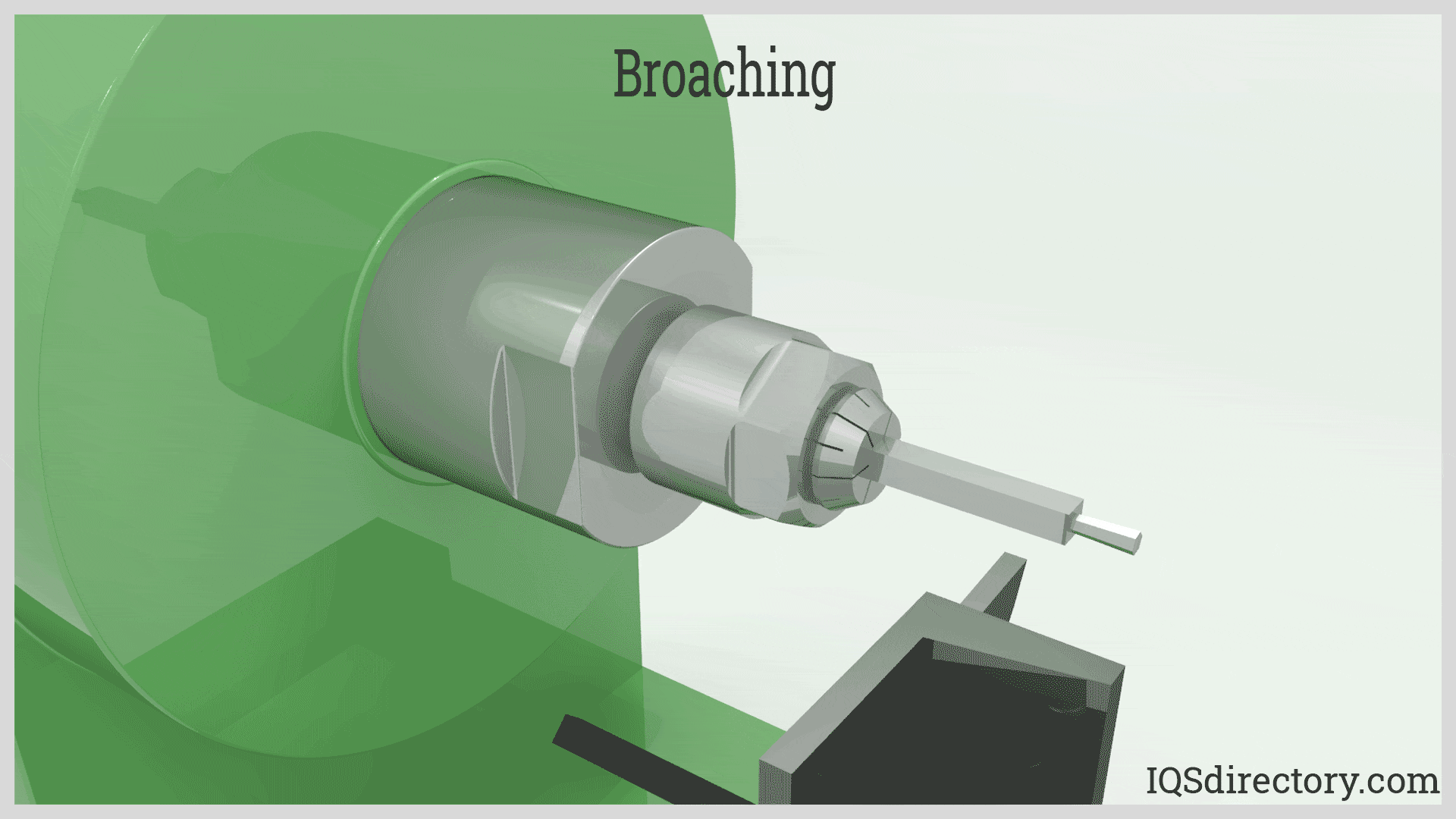
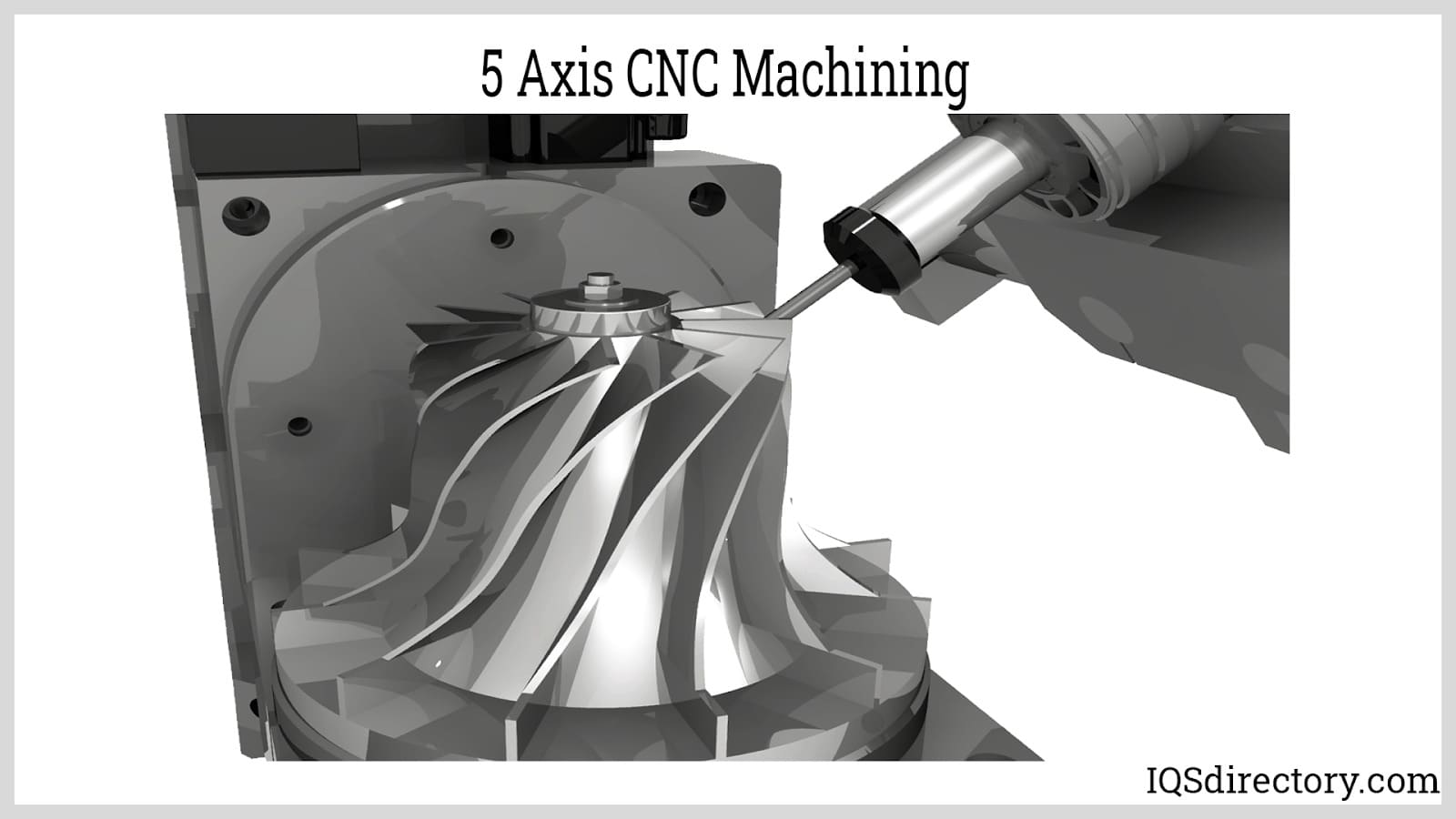
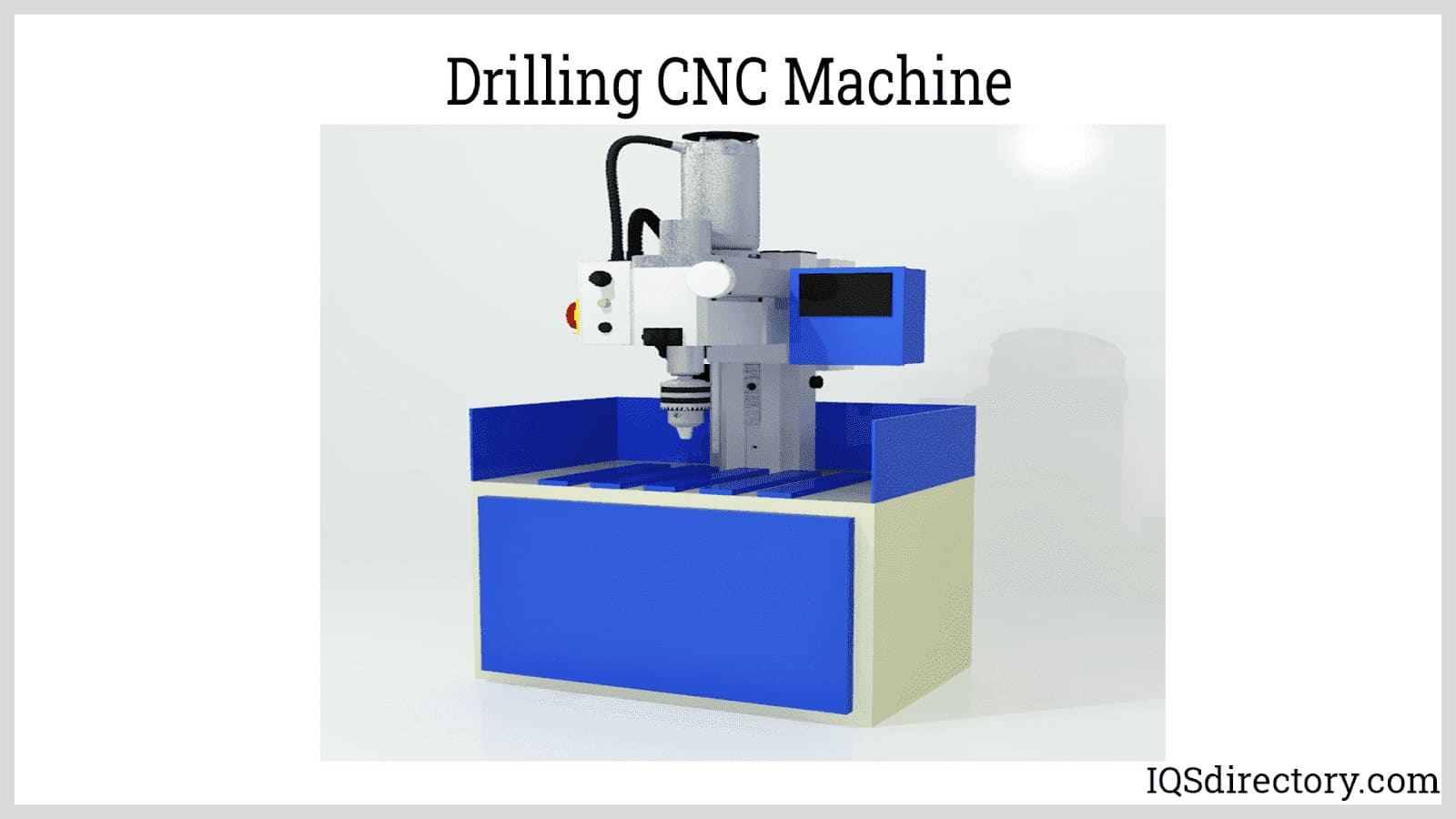
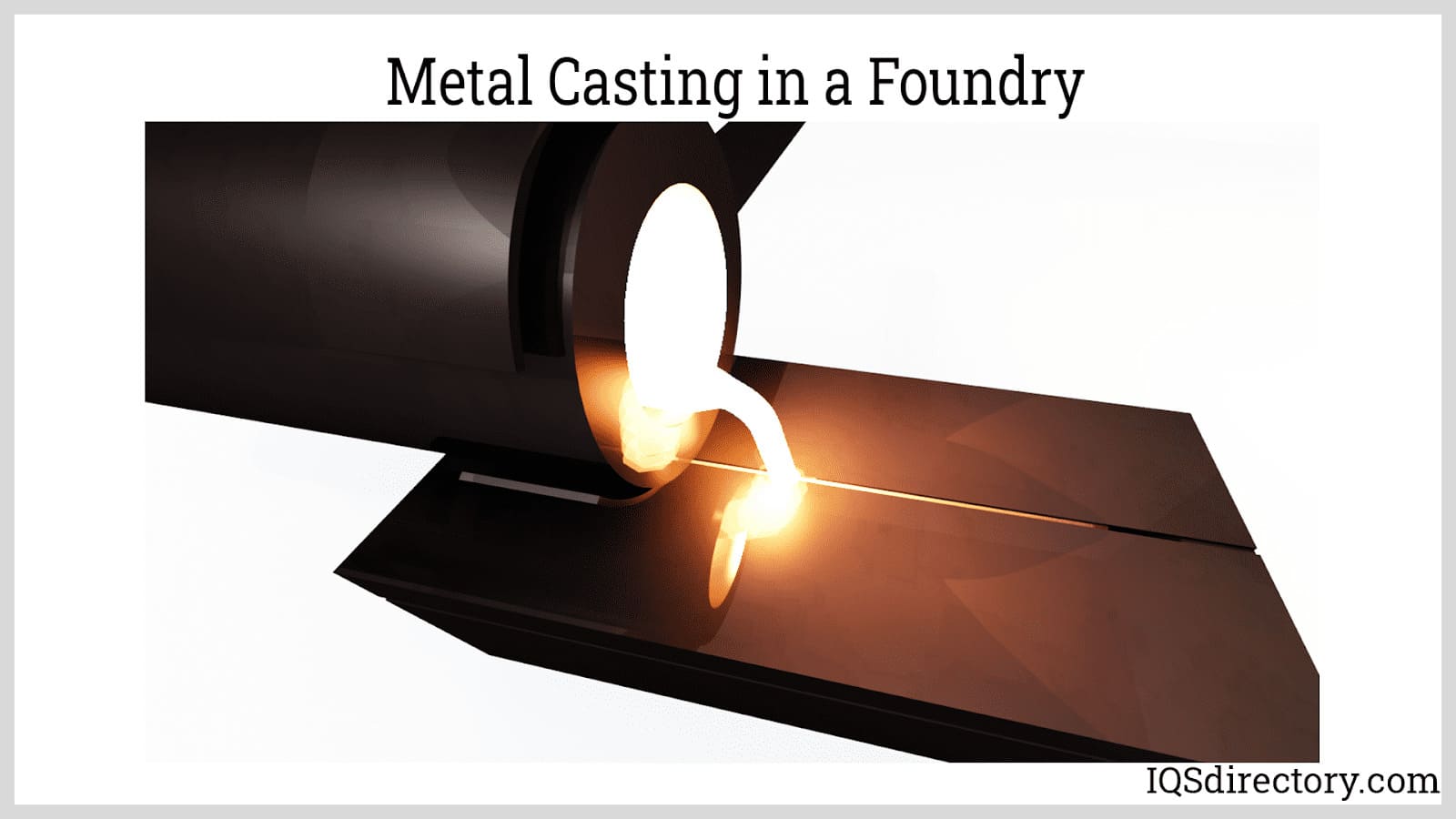
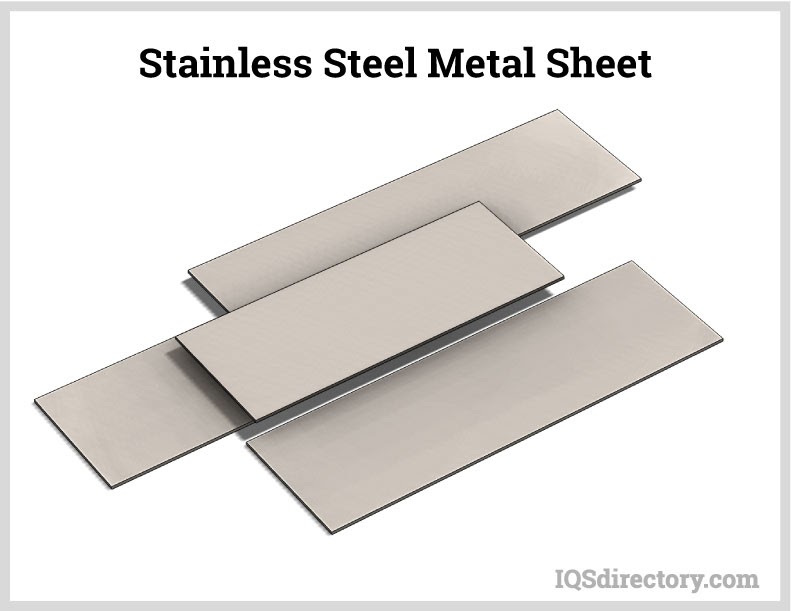
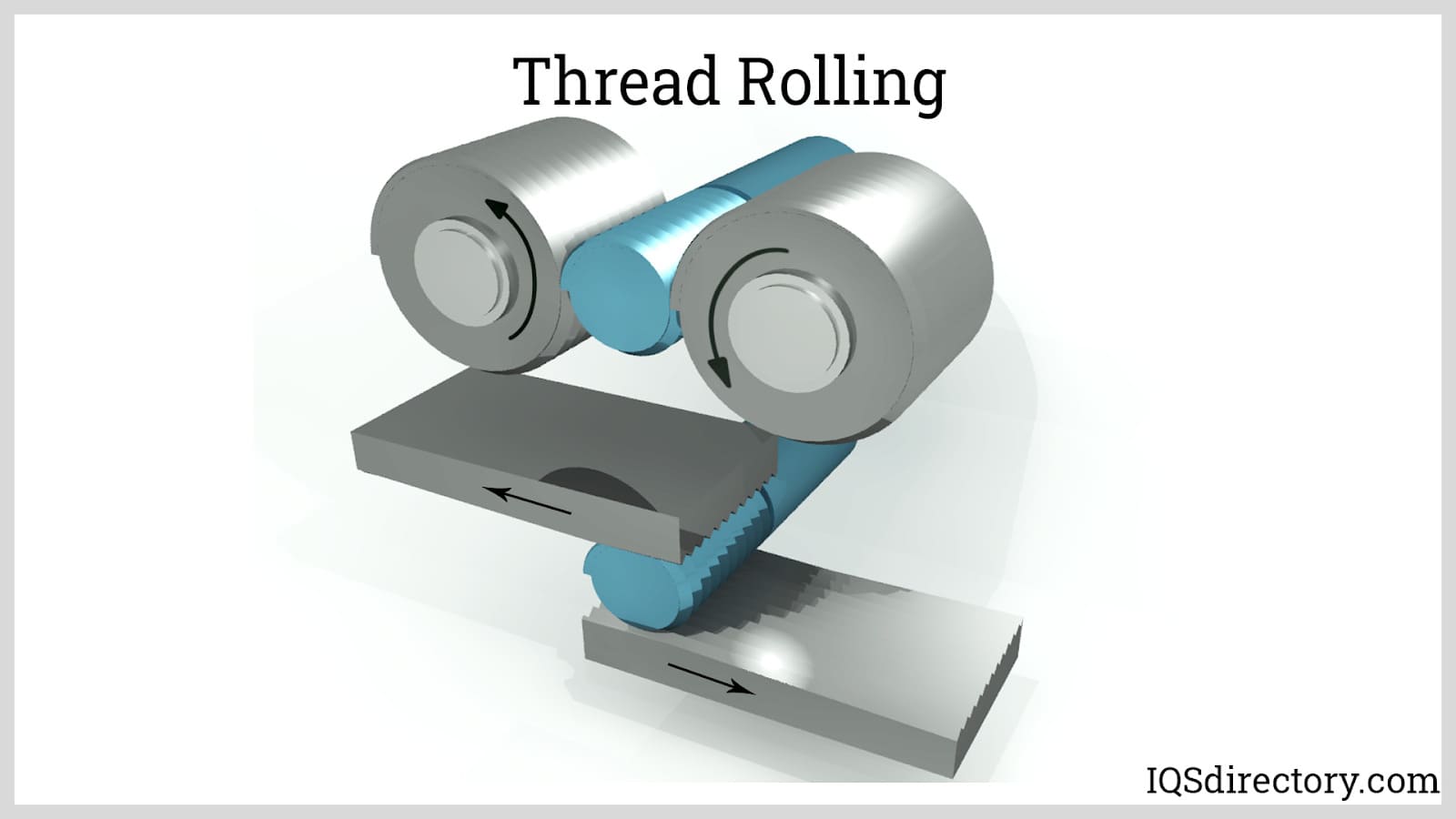
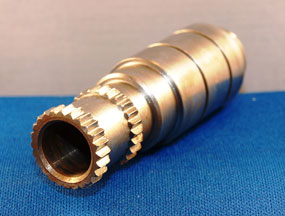 Broaching
Broaching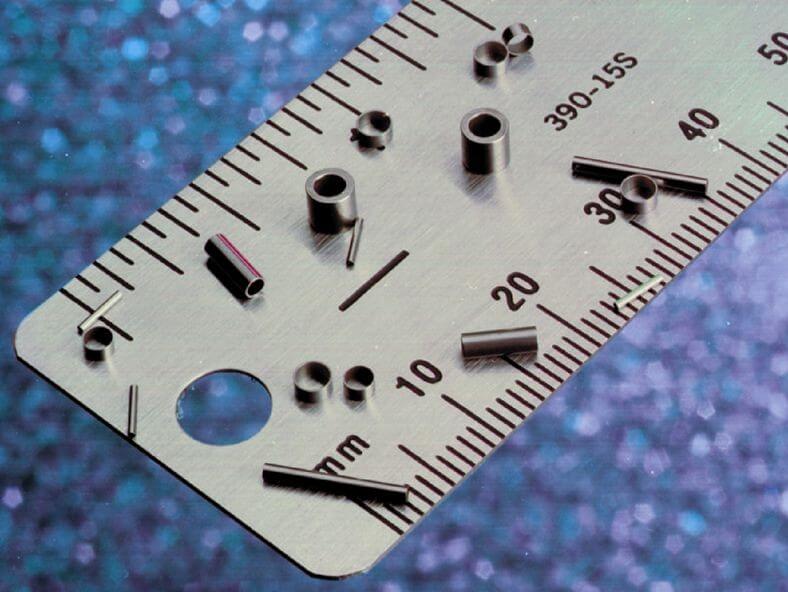 CNC Machining
CNC Machining Expanded Metals
Expanded Metals Laser Cutting
Laser Cutting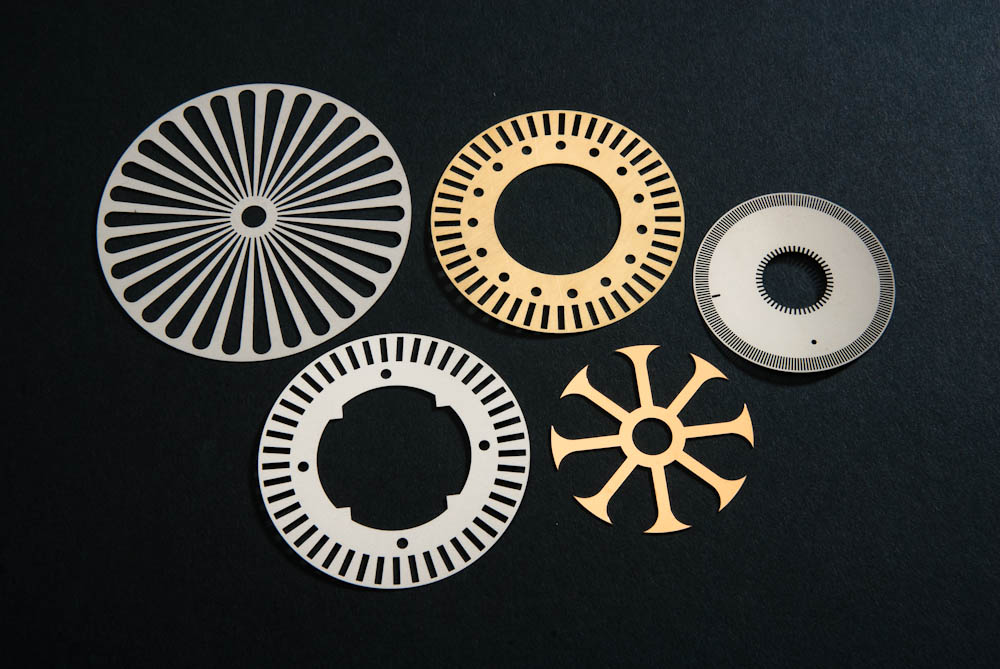 Metal Etching
Metal Etching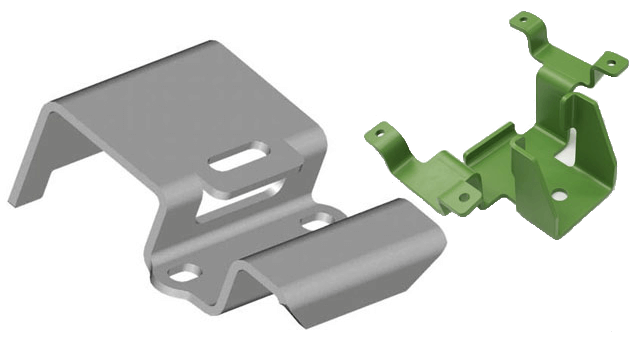 Metal Fabrication
Metal Fabrication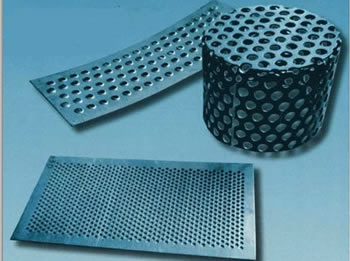 Perforated Metals
Perforated Metals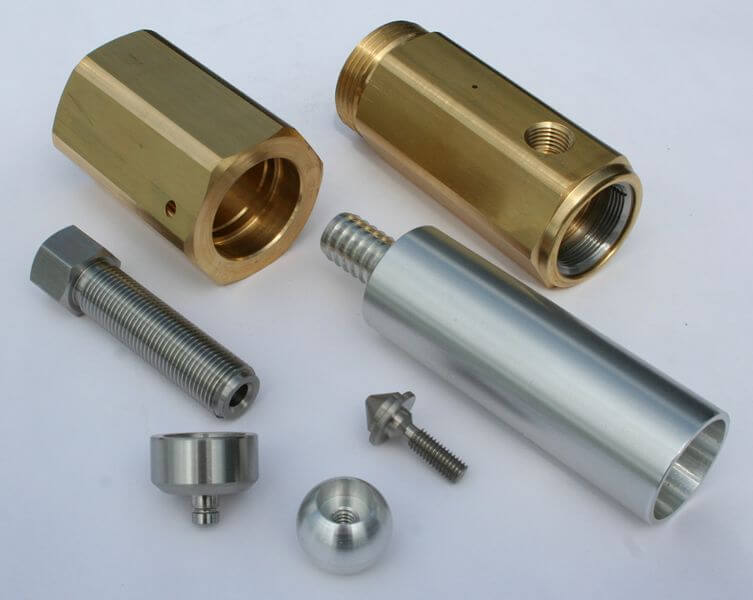 Screw Machine Products
Screw Machine Products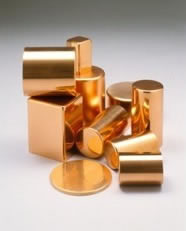 Metal Stampings
Metal Stampings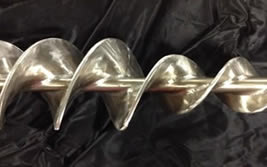 Sheet Metal Fabrication
Sheet Metal Fabrication Tube Fabrication
Tube Fabrication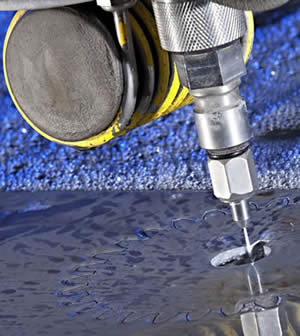 Water Jet Cutting
Water Jet Cutting Castings & Forgings
Castings & Forgings Bulk Material Handling
Bulk Material Handling Electrical & Electronic Components
Electrical & Electronic Components Flow Instrumentation
Flow Instrumentation Hardware
Hardware Material Handling Equipment
Material Handling Equipment Metal Cutting Services
Metal Cutting Services Metal Forming Services
Metal Forming Services Metal Suppliers
Metal Suppliers Motion Control Products
Motion Control Products Plant & Facility Equipment
Plant & Facility Equipment Plant & Facility Supplies
Plant & Facility Supplies Plastic Molding Processes
Plastic Molding Processes Pumps & Valves
Pumps & Valves Recycling Equipment
Recycling Equipment Rubber Products & Services
Rubber Products & Services